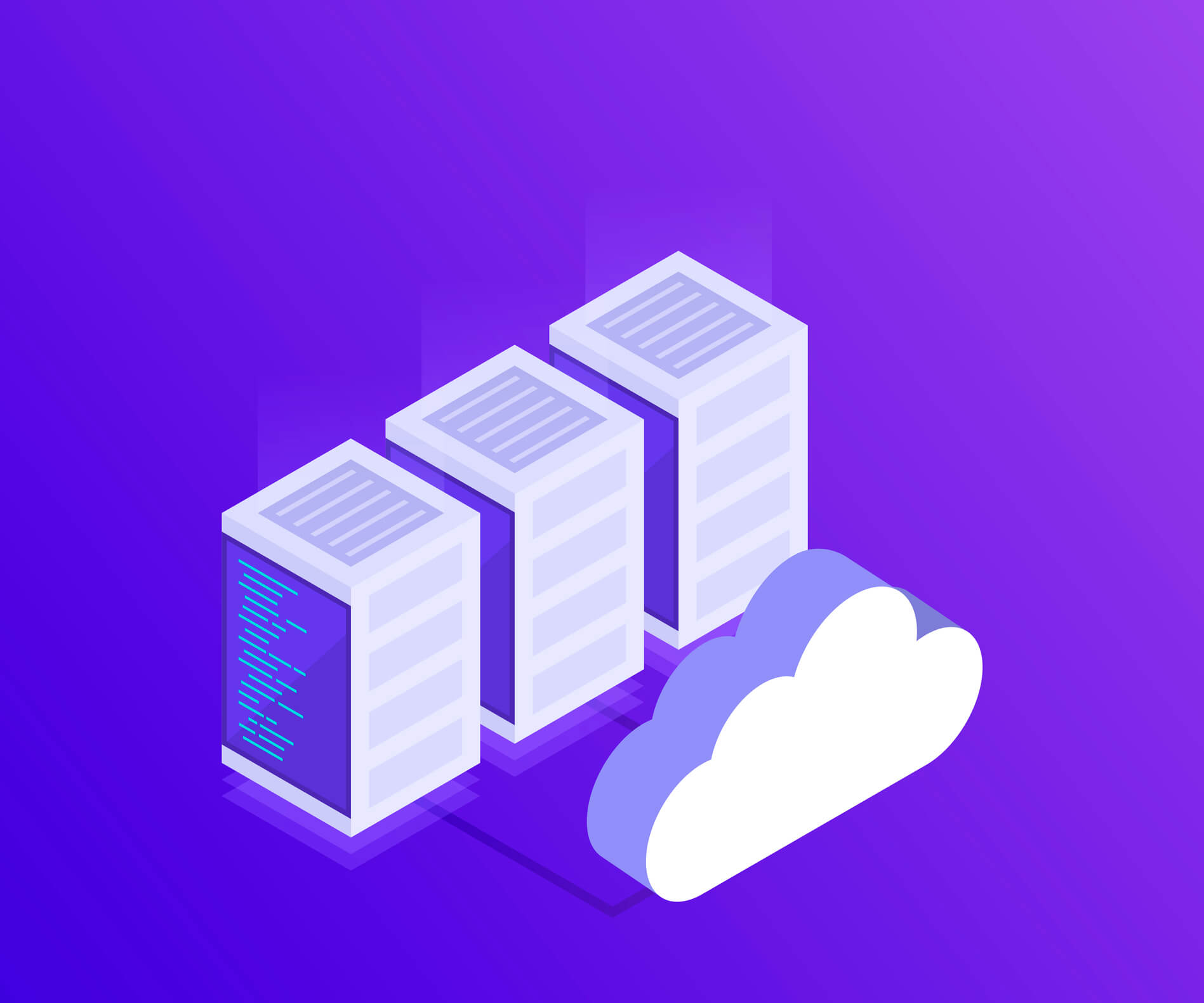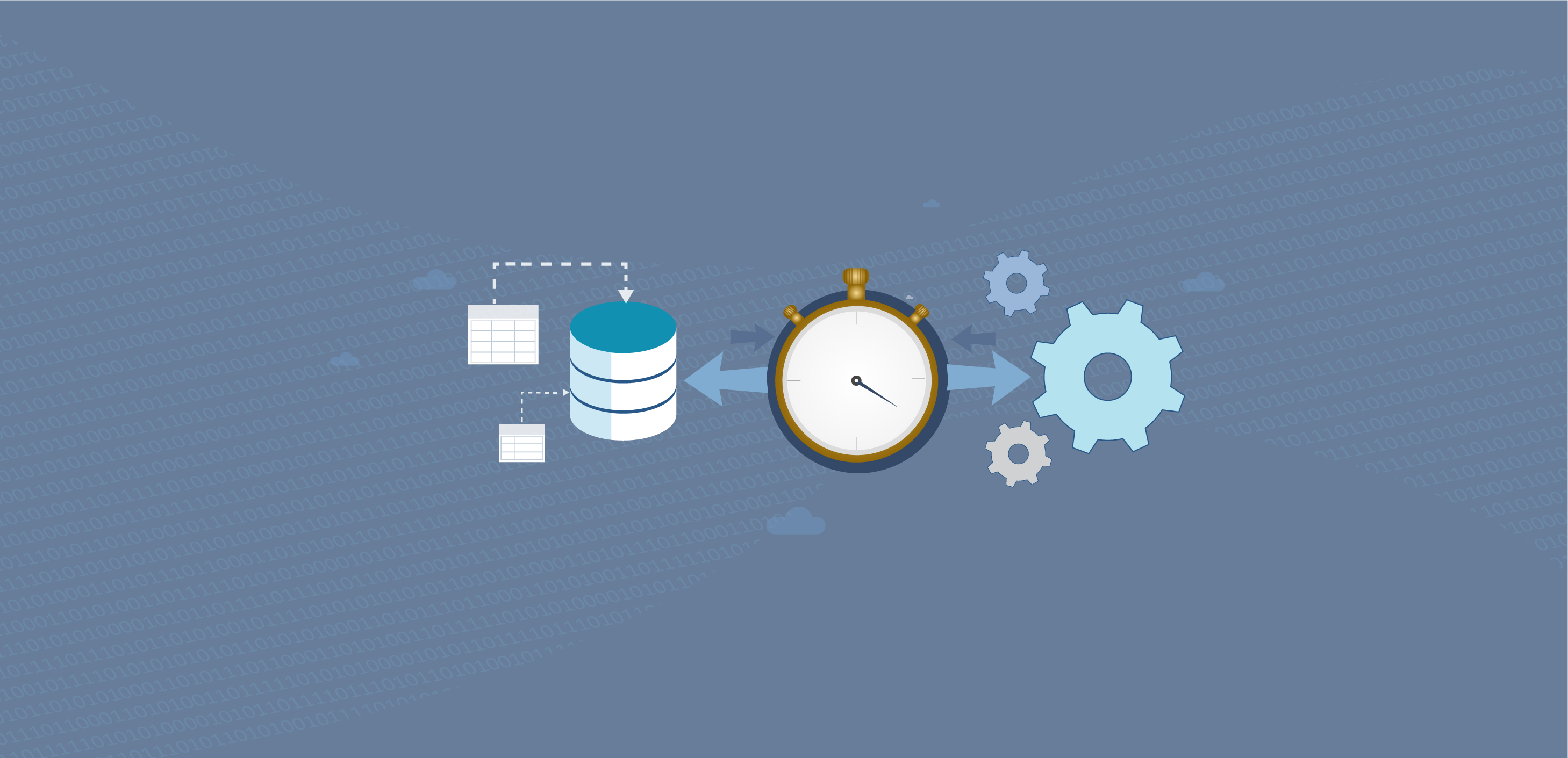
In today’s digitally driven world, reliability, availability, and performance of databases are the crux of an organization’s success. With the weight of these responsibilities resting firmly on the DBA’s shoulders, the widespread transition from on-premise server monitoring to cloud-powered SQL Server performance monitoring was inevitable.
Although this move to the cloud is necessary and a virtual no-brainer for many organizations, as with any major change, cloud-powered SQL Server performance monitoring is shrouded with its share of myth and misconception.
Here are three common myths about cloud-powered SQL Server performance monitoring and some facts to help you decide if moving your server’s monitoring to the cloud is a good choice for your organization.
Myth #1: The cloud is not as secure as on-premise server monitoring
Security is the main concern company decision makers cite when deciding whether to move performance monitoring to the cloud. The reality is that we should be concerned about data security, but we shouldn’t be extra concerned because we moved from on-premise server monitoring to the cloud. Securing your data is just good, basic business protocol.
Cloud-powered SQL Server performance monitoring solutions often provide exceptional protection from common security issues such as data breaches, insider threats, and malware injection. These monitoring tools are deployed in highly secure data centers like Microsoft Azure and include such features as user authentication, data encryption, and the ability to upload only performance-related data.
Myth #2: Moving performance monitoring to the cloud is an all-or-nothing venture
Highly regulated industries such as healthcare and financial services have been slow to make the move from on-premise to cloud-driven performance monitoring. Government regulations such as HIPAA and GDPR have strict rules about how data can be used and stored, and some organizations think on-premise server monitoring makes it easier to stay in compliance.
The truth is, you don’t have to pick one over the other. A hybrid solution is an excellent option for companies that must comply with strict regulations or that are just not 100 percent comfortable moving everything to the cloud.
If you decide not to go all in on a cloud migration and instead opt for a hybrid system, be sure to pick a monitoring tool with these three capabilities:
- Monitors each application’s cloud resource use
- Provides data that indicates how to optimize cloud resources
- Works in both cloud and on-premise environments
Once you have evaluated your needs and restrictions and compared them to the cloud monitoring solutions currently available, you may decide that your organization is better served by on-premise server monitoring. But keep in mind that technology changes quickly, and if you take another look at cloud technology in a year or so, you may find the time is right to make the move.
Myth #3: Moving to the cloud will make it hard to meet SLAs
When you move SQL Server performance monitoring to the cloud, prepare to be questioned about your ability to adhere to service-level agreements (SLAs). The cloud brings its own set of variables and increased latency that can potentially affect performance and availability, which could negatively impact SLA commitments.
Good news: Cloud-based performance monitoring technology provides automation and tooling that alerts you to performance issues early and can even help you fix them. This not only keeps you in line with your SLAs, but it also helps you control costs by future-proofing the DBA environment.
Future-proofing is a strategy that helps DBAs adapt to rapidly evolving database technology by proactively preventing systems from becoming obsolete. One of the benefits of moving performance monitoring to the cloud is that you will spend less time focused on hardware, leaving time for applying your performance metrics to performance improvement initiatives like capacity planning and system optimization.
Cloud-powered SQL Server performance monitoring is being embraced by organizations of all sizes because it is flexible, affordable, and scalable. But in spite of the proven benefits of moving to the cloud, there are still organizations that are either unwilling or unable to move away from on-premise solutions to a cloud-only environment.
There is no question that SQL Server performance monitoring in the cloud is secure, adaptable, and future-proof. It’s time to put these three common myths to rest and take advantage of the many benefits cloud technology offers.








